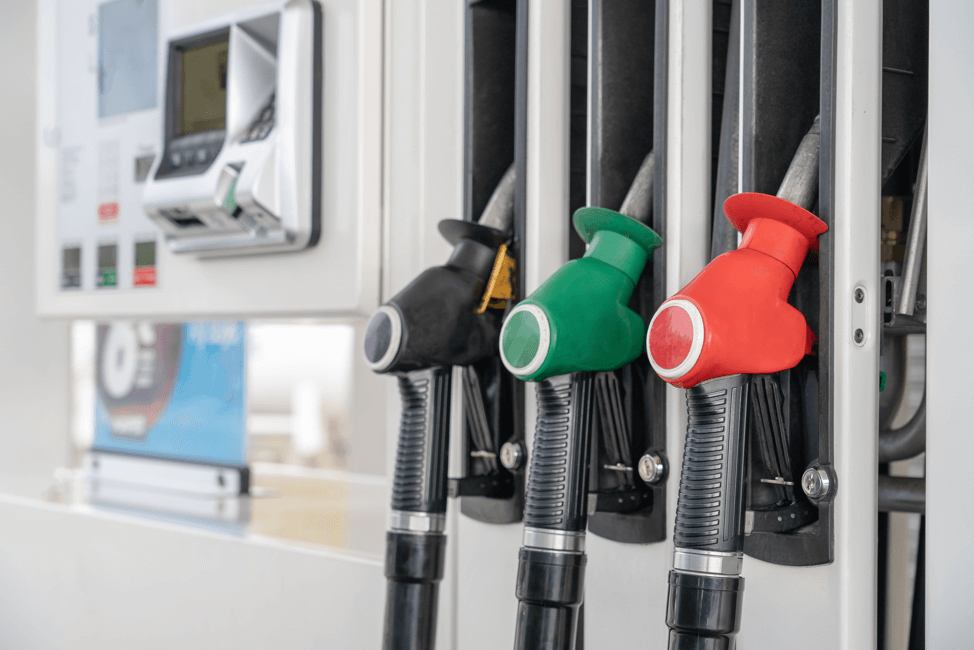
When you visit the gas station, you may make a habit out of choosing one type of gas. There are usually three grades of gasoline—regular, mid-grade, and premium. But what is really the best gas for your car?
Gasoline is designated by its octane. Despite what many people believe, higher octane gasoline does not provide your car with more energy. Higher octane fuel is more resistant to pre-ignition, also called knock due to the sound it makes. Whether you should use regular, premium, unleaded, or other types of gas should be indicated in your vehicle’s manual.
The most common types of gasoline for cars include:
- Regular Gas: An octane level of 87, which is usually the cheapest, is suited for cars that won’t run better by using premium fuel.
- Mid-Grade Gas: An 89-octane gas is less costly than higher octane fuel, but is not needed unless the manufacturer specifies your car requires it.
- Premium Gas: Cars using premium require 91 or 93 octane gas; in older cars, a lower octane fuel can cause engine damage. However, modern cars with knock sensors can retune the engine to avoid preignition, although power and fuel economy may be reduced.
- Diesel Gas: Diesel fuel is formulated for engines that inject air after it is compressed, rather than mixing it with fuel before compression as a gasoline engine does. In the U.S. and Canada, you’ll usually find just one grade of diesel fuel.
- Biodiesel Fuel: Made from vegetable oil, biodiesel contains varying percentages of biodiesel and petroleum-based diesel. Use it only if the owner’s manual specifies your engine is BD-capable; otherwise, methanol in the fuel can damage rubber components in the fuel system.
What Gas Should I Really Be Using?
Using a lower octane than specified will reduce engine power and gas mileage. Using a mid- or high-grade octane gas in a car that requires regular is basically just wasting money. If premium gas is recommended but not required, regular unleaded gasoline should not affect the engine performance. High octane gas is more suited for turbochargers and high-compression engines, like those installed in sports cars.
Another factor that can influence what octane to use is altitude. Gas stations at higher elevations may sell fuel with lower octanes, such as 85. Lower octane fuel is better-suited for driving in thinner air, which lowers the engine’s compression ratio. But this is more relevant for cars built before 1975; newer engines can adjust automatically to lower oxygen levels.
If you’re driving to higher altitudes, and your car needs premium fuel (which may be hard to find), fill up beforehand at a lower altitude. But if you’ll need to gas up again before coming back, get the least amount of fuel you need (making sure the octane is as close as possible to the vehicle’s requirements), and add fuel of higher octane along the way. It will dilute the lower-octane fuel and average out the octane in the tank; just fill up with high-octane gas as soon as possible.
Buy a Used Car at CarWorld
At CarWorld, we sell pre-owned vehicles from all major brands at our buy here, pay here dealership. Each has undergone a multi-point inspection to ensure it’s road-ready, whether it uses regular, premium, or diesel gas. Contact us today for help finding the vehicle that meets all your wants and needs. Thanks to the helpful sales professionals and aggressive financing, you might drive away the same day. Call 833-219-9951 or visit us at 11916 Prairie Avenue in Hawthorne.